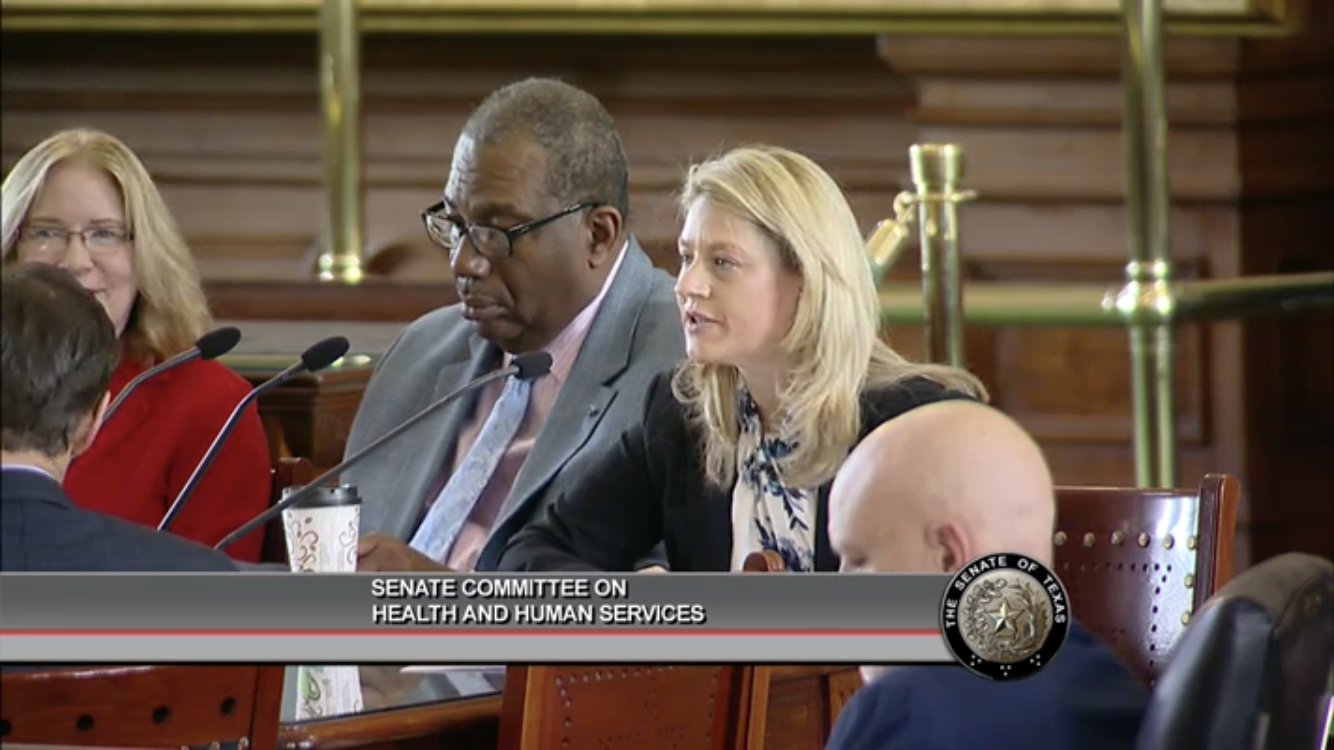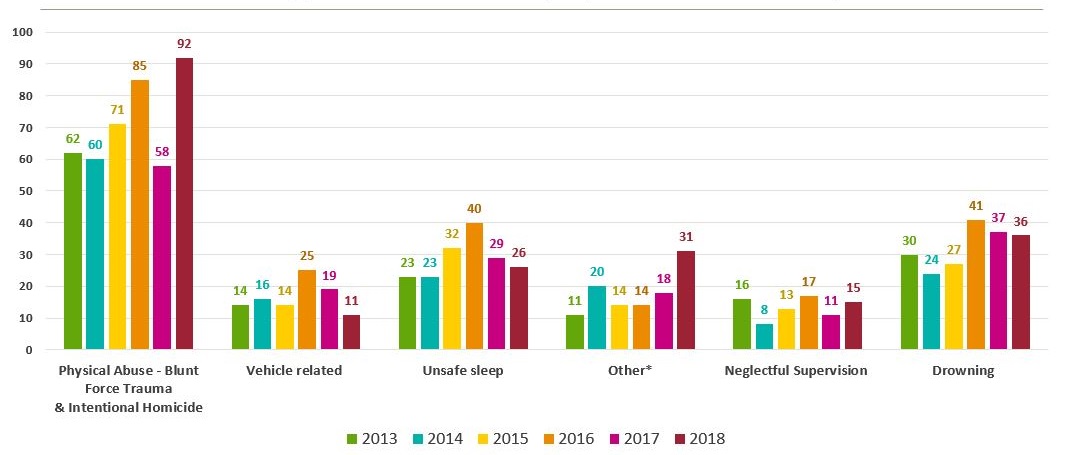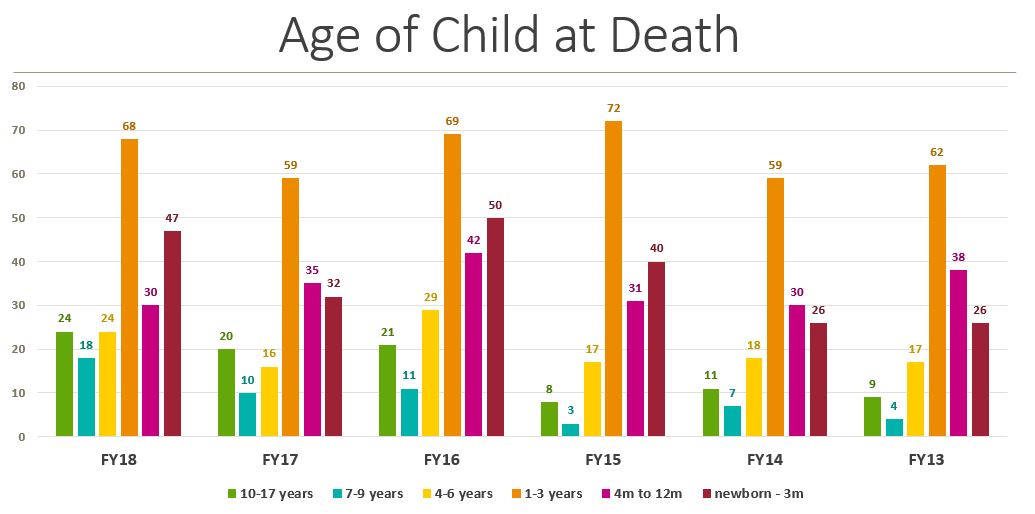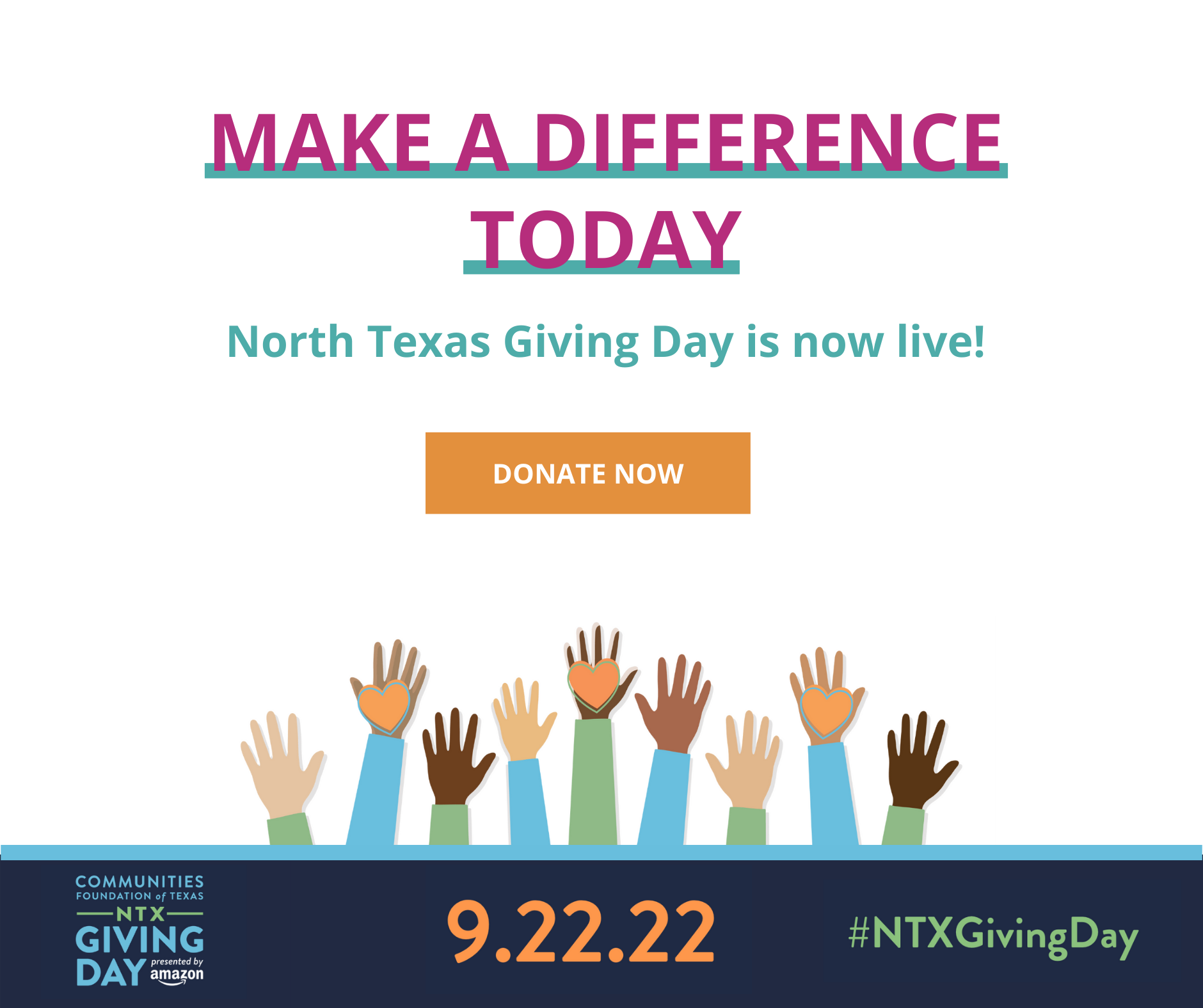The Texas Legislature has a rule: Bills may not be considered for floor debate in either the House or Senate during the first 60 days of the 140-day session unless designated an emergency by the Governor. This allows members to spend adequate time in committee meetings vetting them.
That 60 days is up! We have reached the second half of the session and we can expect things to start moving quickly now – in fact, some of bills are already rolling along, and we could use your help with a key budget request.
- Our key budget request – $30.5 million to expand evidence-based home visiting programs to reach an additional 3,600 families – is thus far not reflected in the budget bill. At the moment, an expansion of only $5.2 million is included in the House version. Fortunately, it is still early in the budgeting process and we will continue advocating for a much larger investment. We encourage you to do so as well by reaching out to Senate Finance Committee members. Key senators working on health and human services budget decisions include: Chair Lois Kolkhorst, Kirk Watson, Donna Campbell and Pete Flores. (For a deeper look at our budget requests, read here.)
- Senate Bill 355 by Sen. Royce West, another of our top-priority bills, was passed unanimously by the Senate last week! SB 355 would lay out a Texas plan for implementation of the federal Family First Prevention Services Act, a landmark bill that will direct more federal dollars toward keeping children out of foster care. When SB 355 was in committee, TexProtects Vice President of Public Affairs Pamela McPeters testified in favor of it. Now the bill goes to the House.
- House Bill 3718 by Rep. Tan Parker, which would require public schools to develop and implement a trauma-informed care policy, is scheduled for a hearing on Tuesday (March 26) in the House Public Education Committee.
- House Bill 123, by multiple authors, made it out of the House Human Services Committee and has been placed on the General State Calendar for Monday, March 25. This bill will make it easier for foster children to obtain forms of state identification that are crucial for youth aging out of care.
- Our Public Policy Director Jennifer Lucy spoke in support of House Bill 18, which would ensure teachers, principals and counselors are equipped with evidence-informed training on how trauma affects our students and then how to respond in ways that will de-escalate stressed responses, avoid retraumatizing our students, and create an environment of safety. The trainings also help school staff understand which students may need opportunities to access resources outside of the school setting. This supports our efforts to highlight the role of Adverse Childhood Experiences in lifetime health.
- Speaking of Adverse Childhood Experiences, the bill number for Rep. Tan Parker’s legislation to study a cross-systems plan to prevent and address such experiences has been updated. In our previous communications we identified it as House Bill 822. However, after making revisions, Rep. Parker decided to reintroduce it as a new bill: HB 4183. Passage of this bill is one of TexProtects’ major goals of the 86th Legislative Session.
To get status updates on the many bills we are following or supporting this session, bookmark our Bill Tracker.







